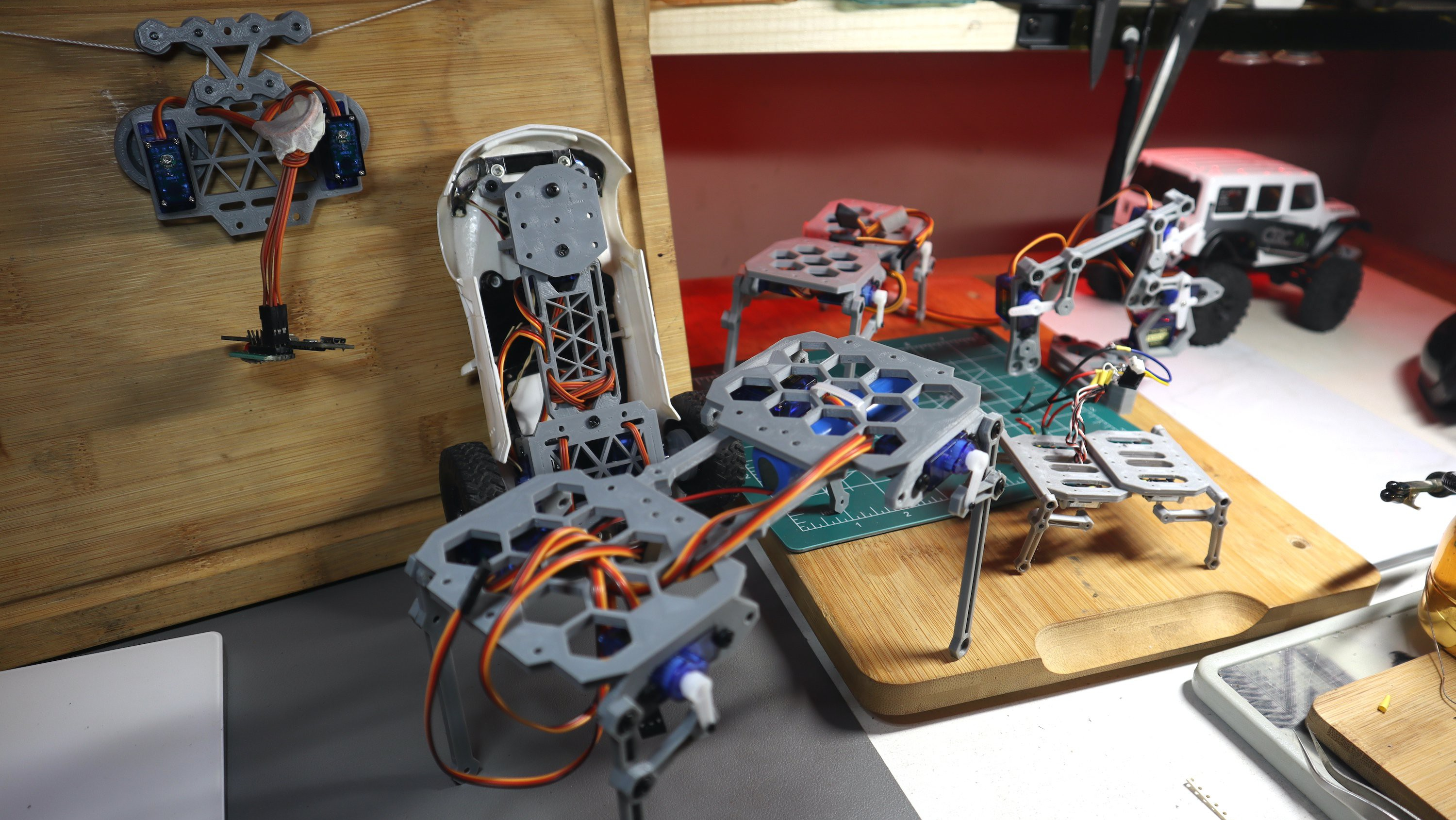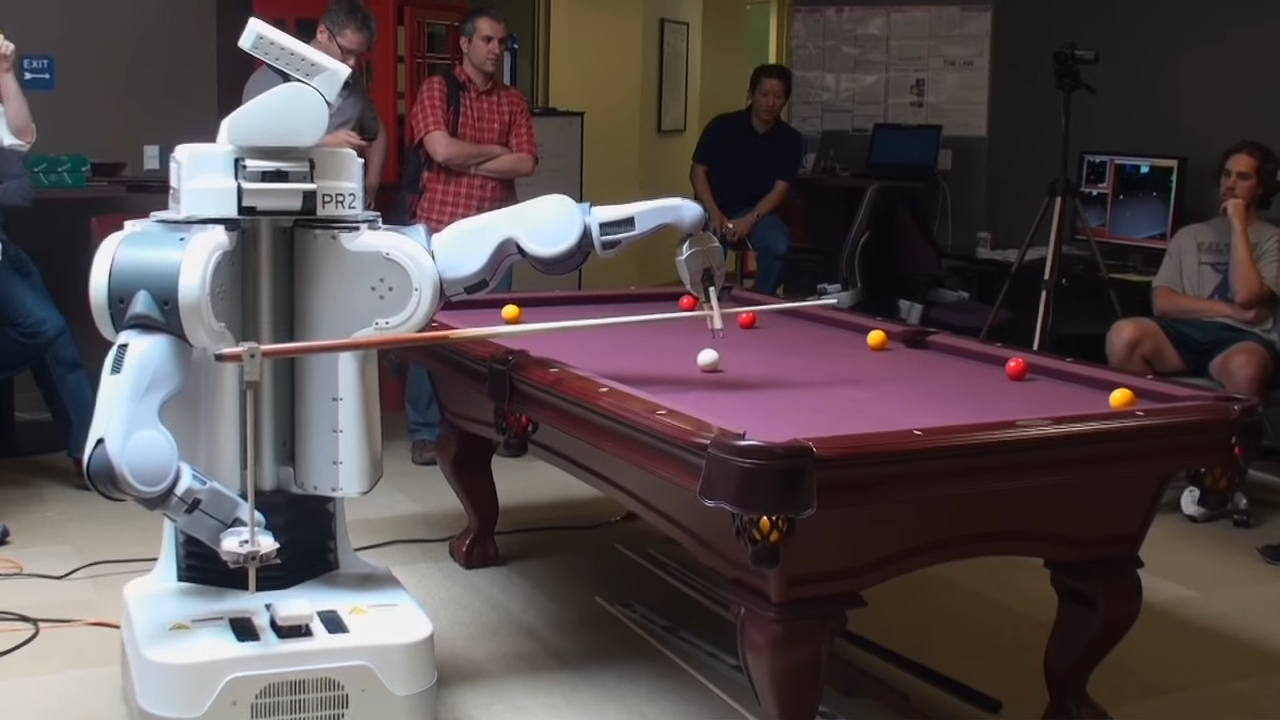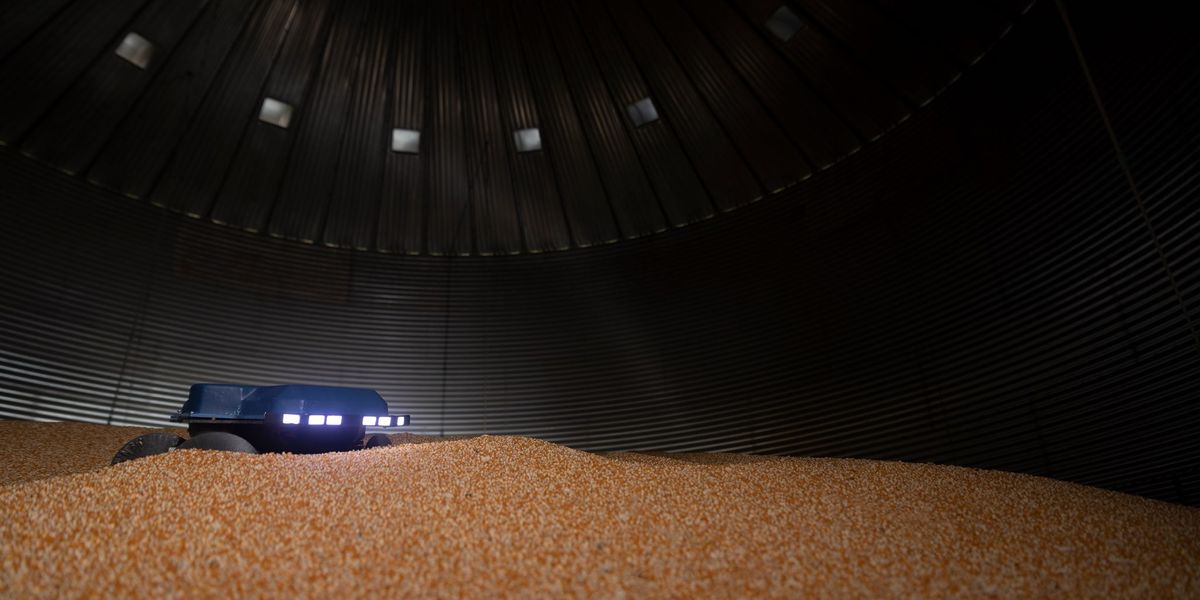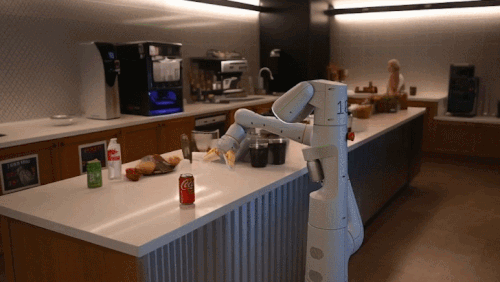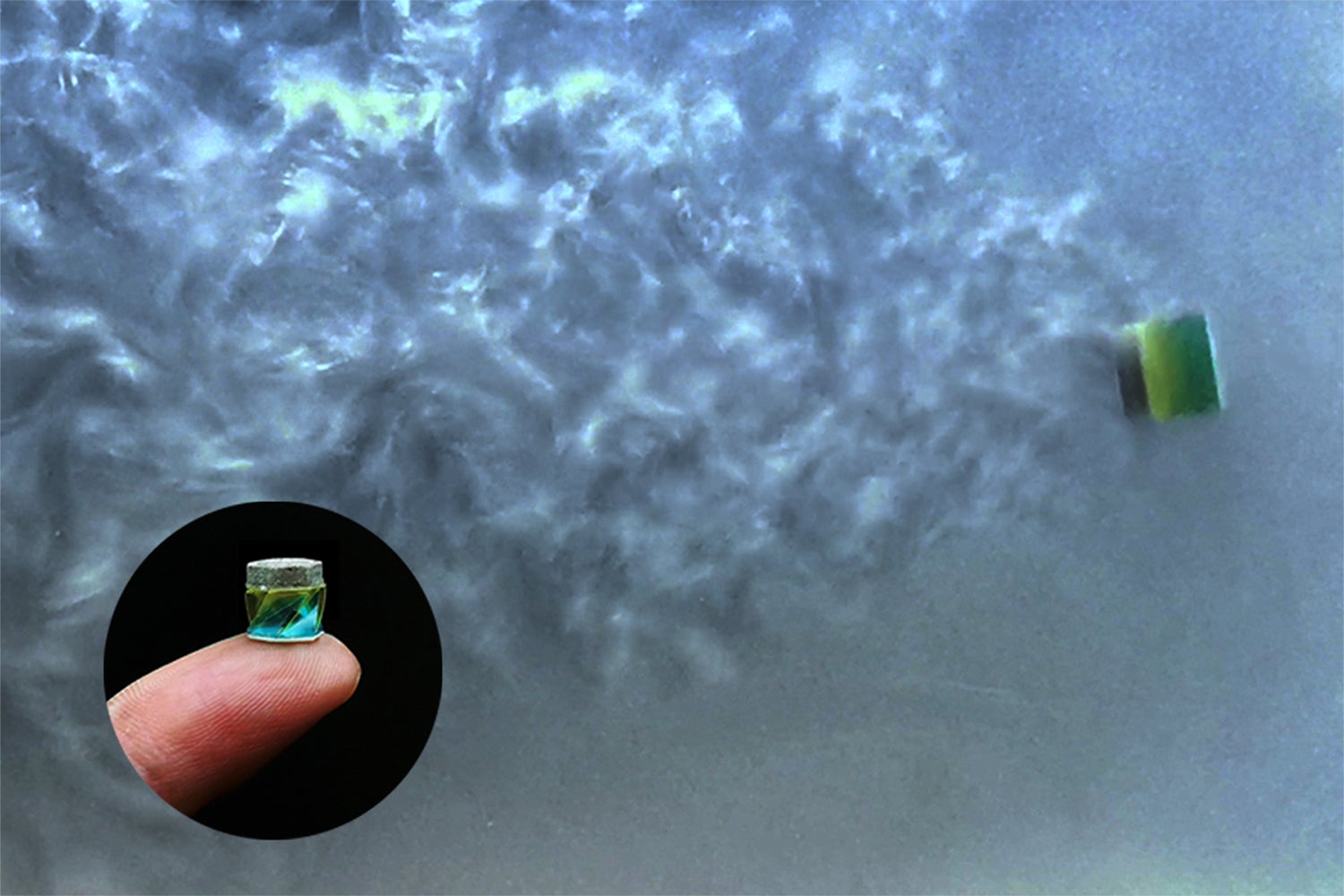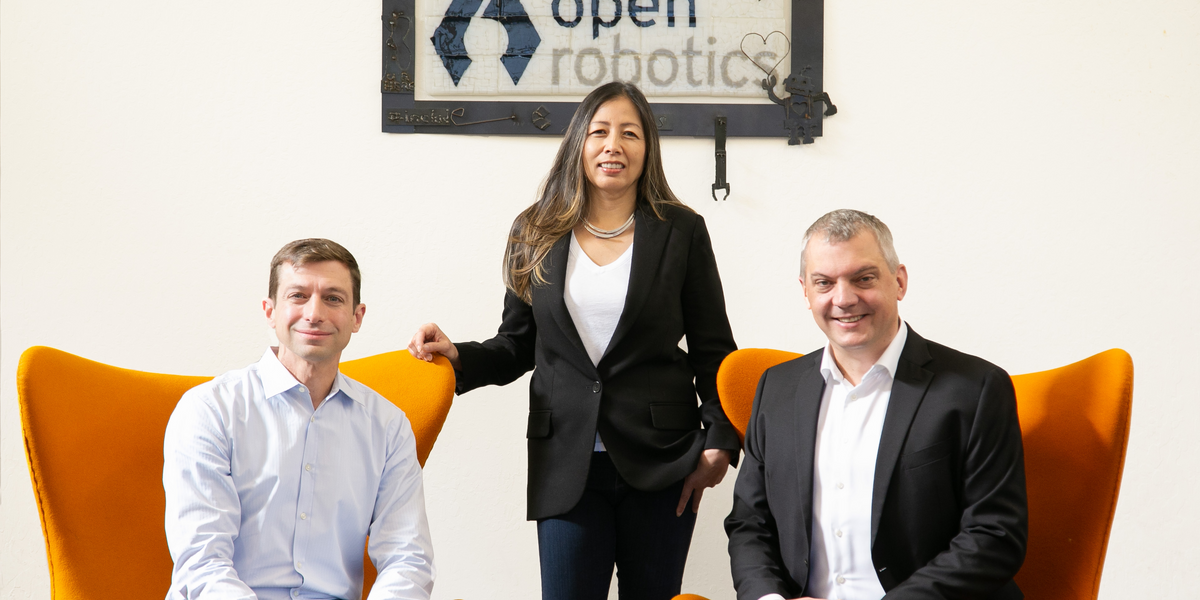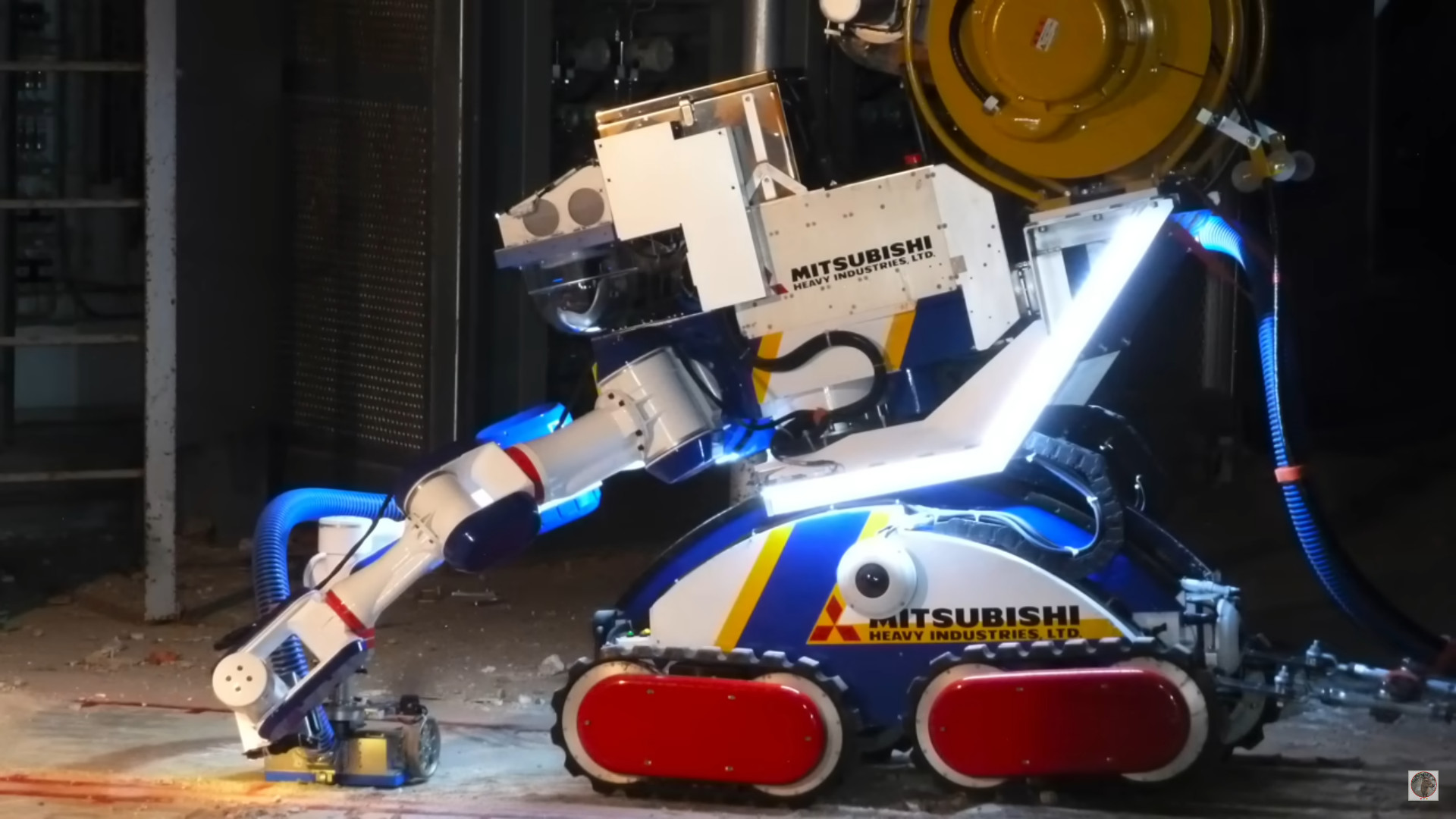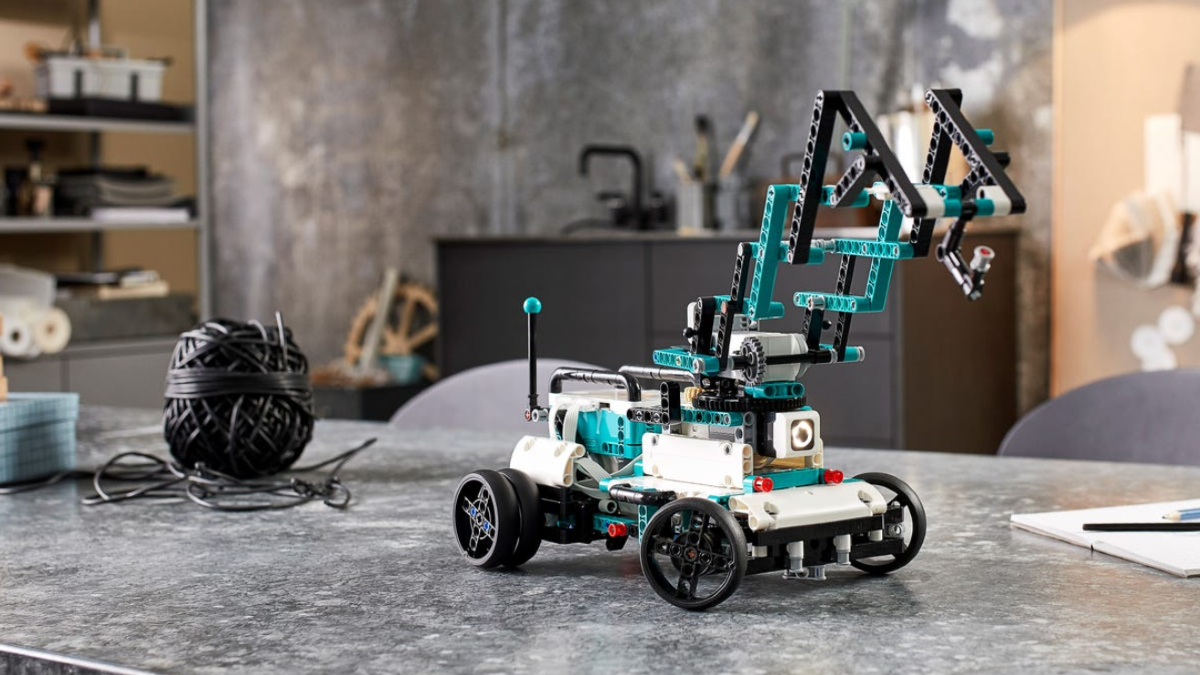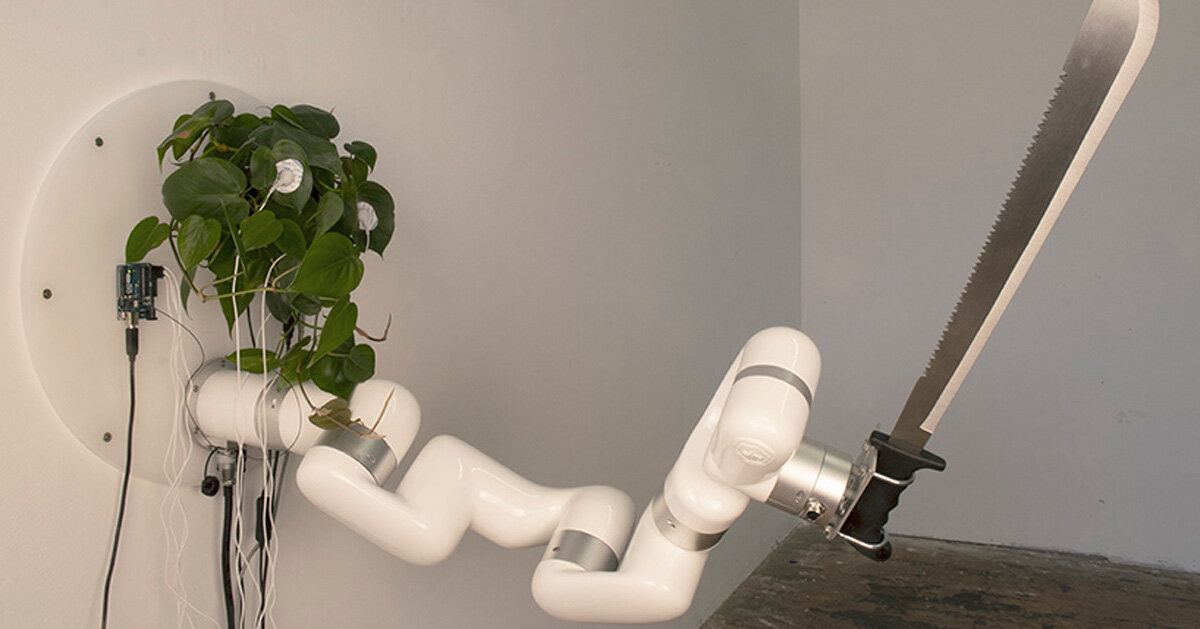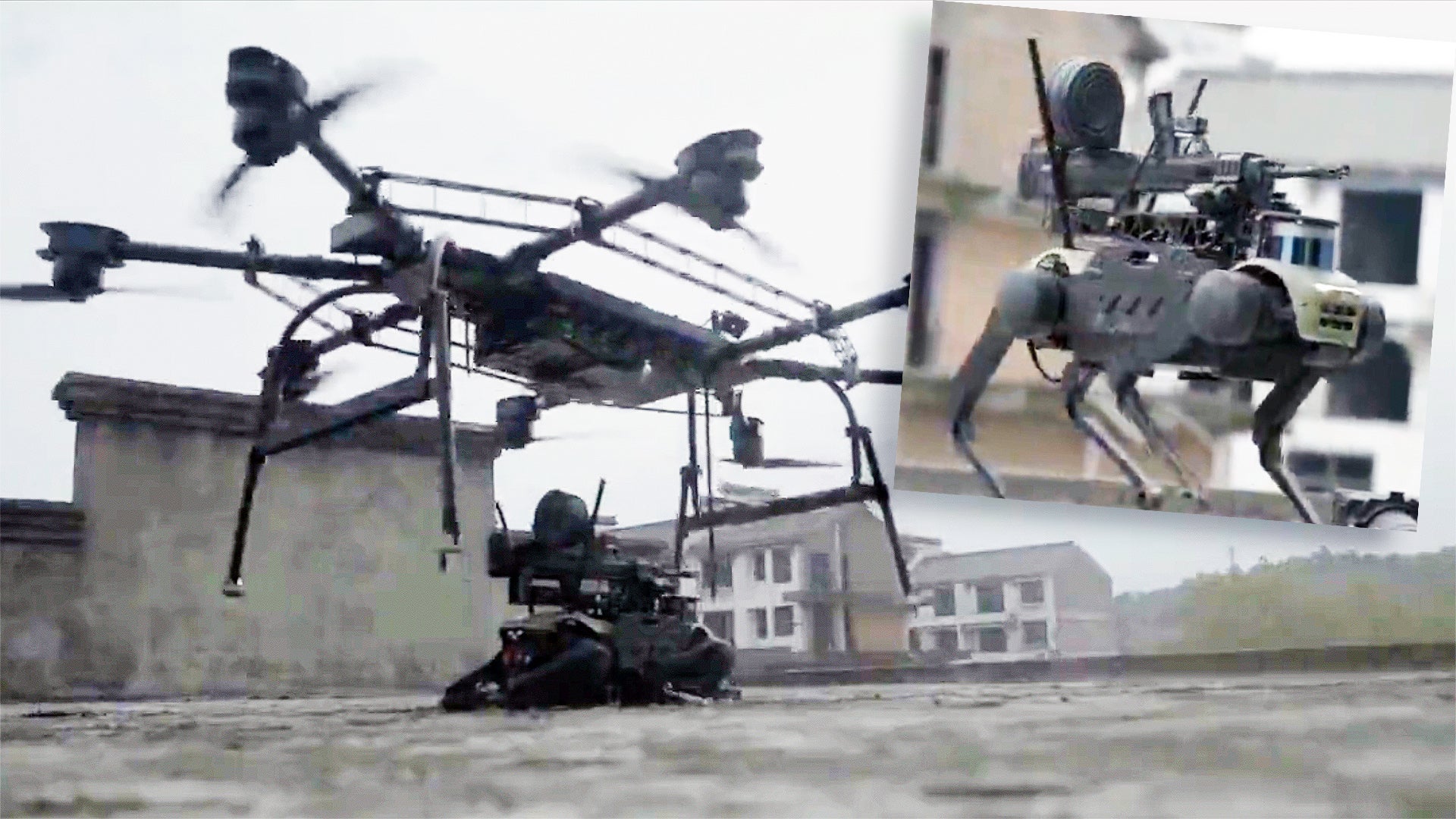"China's global lead extends to 37 out of 44 technologies that the Australian Strategic Policy Institute (ASPI) is now tracking, covering a range of crucial technology fields spanning defence, space, robotics, energy, the environment, biotechnology, artificial intelligence (AI), advanced materials and key quantum technology areas. The Critical Technology Tracker shows that, for some technologies, all of the world's top 10 leading research institutions are based in China and are collectively generating nine times more high-impact research papers than the second-ranked country (most often the US). Notably, the Chinese Academy of Sciences ranks highly (and often first or second) across many of the 44 technologies included in the Critical Technology Tracker. We also see China's efforts being bolstered through talent and knowledge import: one-fifth of its high-impact papers are being authored by researchers with postgraduate training in a Five-Eyes country. China's lead is the product of deliberate design and long-term policy planning, as repeatedly outlined by Xi Jinping and his predecessors."
"A key area in which China excels is defence and space-related technologies. China's strides in nuclear-capable hypersonic missiles reportedly took US intelligence by surprise in August 2021."
"Over the past five years, China generated 48.49% of the world's high-impact research papers into advanced aircraft engines, including hypersonics, and it hosts seven of the world's top 10 research institutions in this topic area."
"China has built the foundations to position itself as the world's leading science and technology superpower, by establishing a sometimes stunning lead in high-impact research across the majority of critical and emerging technology domains."
"The US comes second in the majority of the 44 technologies examined in the Critical Technology Tracker. The US currently leads in areas such as high performance computing, quantum computing and vaccines. Our dataset reveals that there's a large gap between China and the US, as the leading two countries, and everyone else. The data then indicates a small, second-tier group of countries led by India and the UK: other countries that regularly appear in this group -- in many technological fields -- include South Korea, Germany, Australia, Italy, and less often, Japan."
You can compare any technologies between countries. The technologies are categorized into "Sensing, timing and navigation", "Transportation, robotics and space", "Artificial intelligence, computing and communications", "Energy and environment", "Advanced materials & manufacturing", "Biotechnology, gene technologies and vaccines", and "Quantum".
In the "Sensing, timing and navigation" category, they have "Photonic sensors".
In the "Transportation, robotics and space" category, they have "Photonic sensors", "Space launch systems", "Small satellites", "Drones, swarming and collaborative robots", "Autonomous systems operation technology", "Advanced robotics", and "Advanced aircraft engines".
In the "Artificial intelligence, computing and communications" category, they have "Artificial intelligence algorithms and hardware accelerators", "Advanced data analytics", "Advanced radiofrequency communications", "Advanced optical communications", "Advanced integrated circuit design and fabrication", "Highest institution rank for United States", "High performance computing", "Protective cyber security technologies", "Distributed ledgers", "Natural language processing", and "Machine learning".
In the "Energy and environment" category, they have "Supercapacitors", "Nuclear waste management and recycling", "Nuclear energy", "Photovoltaics", "Hydrogen and ammonia for power", "Directed energy technologies", "Biofuels", and "Electric batteries".
In the "Advanced materials & manufacturing" category, they have "Smart materials", "Novel metamaterials", "Highest country rank for United States", "Highest institution rank for United States", "Nanoscale materials and manufacturing", "Critical minerals extraction and processing", "Advanced magnets and superconductors", "High-specification machining processes", "Advanced explosives and energetic materials", "Coatings", "Continuous flow chemical synthesis", "Advanced protection", "Advanced composite materials", and "Additive manufacturing".
In the "Biotechnology, gene technologies and vaccines", category, they have "Vaccines and medical countermeasures", "Synthetic biology", "Highest country rank for United States", "Highest institution rank for United States", and "Biological manufacturing".
In the "Quantum" category, they have "Quantum sensors", "Post-quantum cryptography", "Quantum communications", and "Quantum computing".
When you do a comparison, there are 3 tabs, "Flow of human talent", "Research Contribution", and "Insights".
In the "Flow of human talent" section, it shows the flow of people between countries as they go from "Undergraduate", to "Postgraduate" to "Employment".
In "Research Contribution", it shows rankings in the category you chose ranked as "Countries ranked by highest H-index" and "Proportion of publications in top 10%".
The insights tab has their own commentary.
"Singapore performs very well, attracting researchers particularly from India and China to its two field-leading universities, the National University of Singapore and the Nanyang Technological University. The research that emerges from these Singaporean institutions places Singapore as one of the top countries in AI algorithms and hardware accelerators."
ASPI's Critical Technology Tracker
#solidstatelife #ai #quantumcomputing #robotics #space #energy #biotech #china #geopolitics
